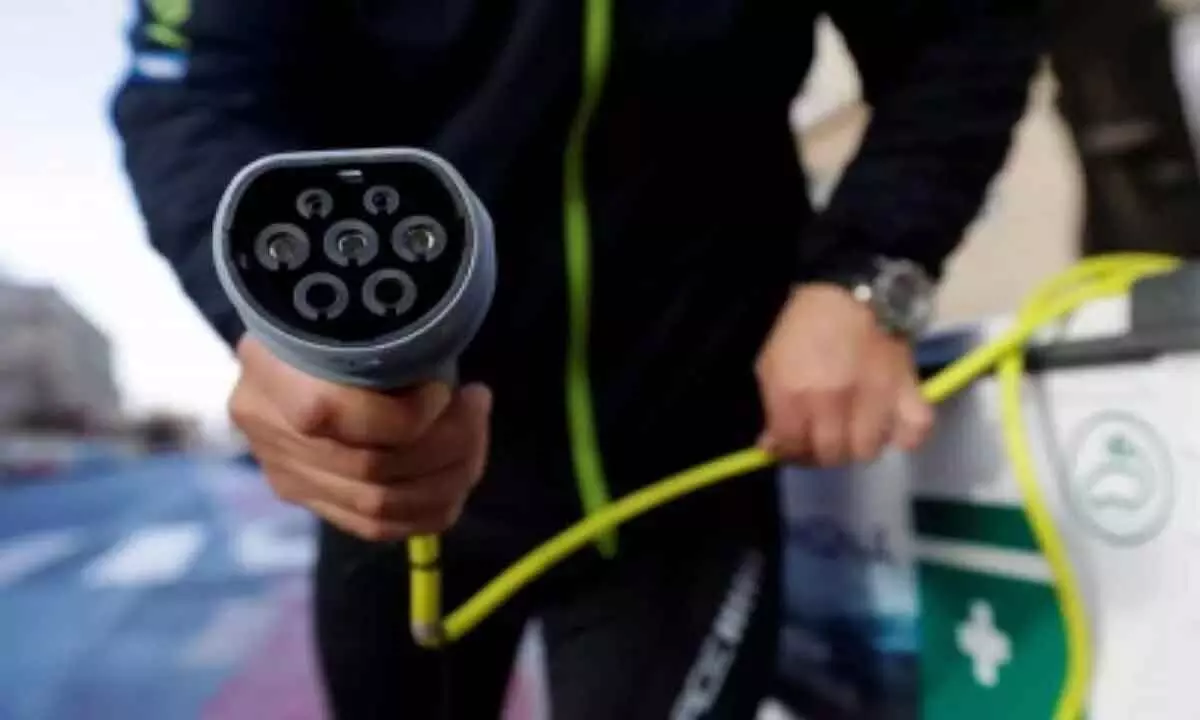EV 2-wheeler sales in India to reach 22 mn by 2030: Report

As the electric vehicle (EV) adoption grows in India, the electric two-wheeler sales volume in the country is likely to reach 22 million by 2030, a report showed on Wednesday.
As the electric vehicle (EV) adoption grows in India, the electric two-wheeler sales volume in the country is likely to reach 22 million by 2030, a report showed on Wednesday.
According to the latest report by Redseer Strategy Consultants, the electric 2W market is expected to be over 80 per cent of the overall 2W market by 2030.
With the demand for affordable transportation and the focus on reducing carbon emissions, electric vehicles will play a vital role in India's step towards a sustainable future.
Consumers are increasingly picking EVs, understanding that the total cost of ownership (TCO) is more favourable than their petrol counterparts, over 50 per cent for high usage such as delivery.
As of 2022, India's overall EV penetration, including 2W, is 3 per cent and although the electrification of mobility in India is still at a nascent stage, there is massive headroom for growth, the report mentioned.
"Although the purchasing cost of E2W is slightly higher, they win when it comes to running costs compared to their Internal Combustion Engine (ICE) counterparts," said Aditya Agrawal, partner at Redseer Strategy Consultants.
According to the report, one of the critical drivers of growth is the rise of numerous brands in the E2W space, such as Ather, Ola, Hero Electric, Bajaj, TVS, Okinawa, PUREV, and Revolt.
As a result, E2W sales across India are on the rise, including in tier 3 and tier 4 cities.
Although the benefits of switching to E2Ws are clear, there are many challenges to overcome, with 'range anxiety' being the most prevalent barrier among consumers.
"The range offered by most E2W on the market is much higher than the average distance travelled, which is about 25 km, with 90 per cent of the users travelling less than 50 km/day. However, a long ride is still a challenge in E2W owners' minds," Agrawal said.
The E2W ecosystem must work on '4As' to achieve more than 80 per cent electrification by 2030 -- '4As' are adaptability, awareness, availability, and affordability, said the report.




















